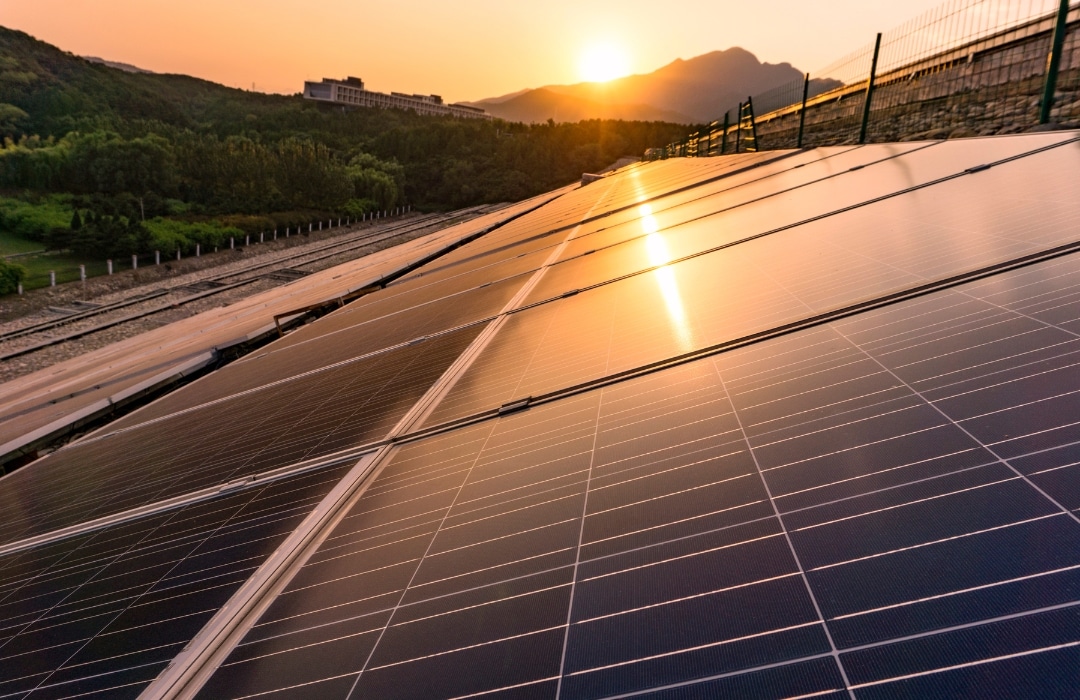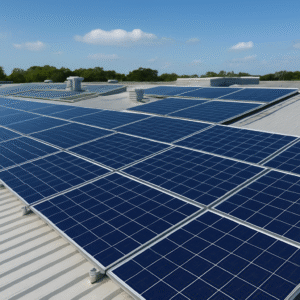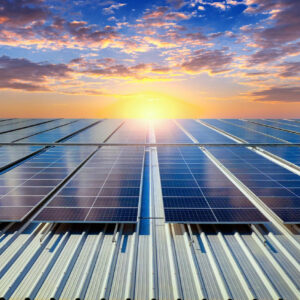
Introduction:
As the world moves towards a more sustainable and eco-friendly future, the role of solar energy has become increasingly significant. Solar power, with its renewable and abundant source, has gained immense traction in recent years. Not only does it contribute to reducing carbon emissions and mitigating climate change, but it also holds the promise of powering our future. In this blog, we’ll delve into the emerging consumer segments in solar energy and solar substations, exploring the driving factors, trends, and potential impact on the global energy landscape.
The Solar Power Market Landscape:
The solar power market has been experiencing remarkable growth, reflecting the increasing demand for clean energy solutions. According to a report by Fortune Business Insights, the global solar power market size is projected to reach USD 373.84 billion by 2029, exhibiting a compound annual growth rate (CAGR) of 6.9% during the forecast period. This surge is attributed to several factors, including the rising population in developing countries, the need for carbon reduction, and the growing concern to reduce dependency on fossil fuels.
One of the notable trends in the solar power market is the integration of new technologies, such as artificial intelligence (AI) and the Internet of Things (IoT), to enhance forecasting, asset management, and operational efficiency. AI, in particular, has shown the potential in increasing the performance of solar power systems by offering better prediction capabilities and automation. For instance, projects involving AI diagnostics for solar power systems have been initiated, indicating the industry’s focus on technological advancements.
Solar Energy’s Role in India’s Power Sector:
India, as the third-largest producer and consumer of electricity globally, has been actively advancing its power sector with a focus on renewable energy sources. The country’s power sector plays a pivotal role in its economic growth, and solar energy has emerged as a key player in this landscape. India’s installed renewable energy capacity, including solar, has witnessed significant growth, contributing 41.4% to the overall installed power capacity. The government’s initiatives, such as the allocation of funds for solar power projects and the target of achieving 500 GW of renewable energy by 2026, further underscore the importance of solar energy in India’s energy transition.
Global Solar PV Advancements and Trends:
The global solar photovoltaic (PV) market has seen remarkable advancements and notable trends that are shaping its future trajectory. Leading countries like China, the European Union, the United States, India, and Brazil are making significant strides in solar PV capacity additions. For example, China added 100 GW of solar PV capacity in 2022, leading the pack with ambitious targets for deployment. The European Union responded to energy crises with a 50% increase in solar PV deployment, driven by new policies and targets. Similarly, the United States introduced funding and tax credits to boost solar PV capacity and supply chain expansion.
Distributed systems are also playing a crucial role in global solar PV deployment. Utility-scale plants remain a significant contributor, but distributed capacity in commercial, industrial, and residential segments is gaining prominence. This shift is driven by factors such as attractive alternatives for consumers, cost-effectiveness, and the need for decentralized energy sources.
Conclusion:
The rising consumer segments in solar energy and solar substations are reshaping the energy landscape. As the global demand for clean and sustainable energy sources continues to grow, solar power is positioned to play a pivotal role in meeting these needs. With technological advancements, policy support, and a shift towards decentralized energy solutions, solar energy is not only shaping the future but also leading the way toward a greener tomorrow.
Frequently Asked Questions (FAQs)
Q1: What is the projected growth of the global solar power market?
A: The global solar power market is projected to reach USD 373.84 billion by 2029, exhibiting a CAGR of 6.9% during the forecast period1.
Q2: How has the COVID-19 pandemic impacted the solar power market?
A: The global solar power market experienced higher-than-anticipated demand during the COVID-19 pandemic, but disruptions in transportation, logistics, and supply chains affected solar activity1.
Q3: What role does solar energy play in India’s power sector?
A: Solar energy is a key player in India’s power sector, contributing to 41.4% of the country’s installed renewable energy capacity and supporting its renewable energy targets2.
Q4: Which countries are leading in solar PV capacity additions?
A: China, the European Union, the United States, India, and Brazil are making notable progress in advancing solar PV capacity.
Q5: How are distributed systems contributing to global solar PV deployment?
A: Distributed capacity in commercial, industrial, and residential segments is gaining prominence, offering attractive alternatives and contributing to decentralized energy sources.




